Figures & data
Table 1. Chemical composition of sugarcane bagasse fibres (Alokika et al., Citation2021)
Figure 1. a) the sugarcane plant, the sugarcane bagasse, and its principal components (cellulose, hemicellulose, and lignin) (Da Silva & Frollini, Citation2020) b) Pectin Structure (Tezara et al., Citation2016).
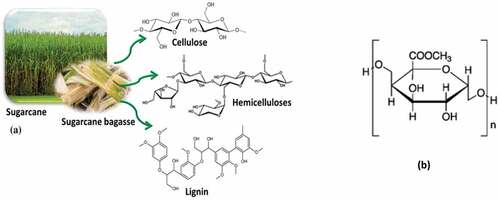
Table 2. Physical properties of sugarcane bagasse fibre (Balaji et al., Citation2018)
Table 3. Mechanical properties enhancement after alkali treatment (Onésippe et al., Citation2010)
Figure 2. FTIR spectra of treated and untreated fibres a) isocyanate treatment b) acrylic acid treatment c) mercerization d) Mechanical properties of PP/bagasse composite with 20% of fibres (Vázquez et al., Citation1999).
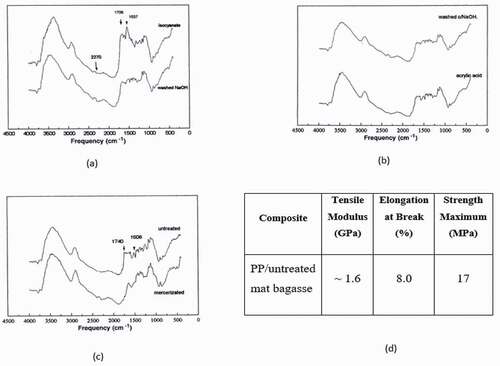
Table 4. Sugar cane bagasse’s main components in fractions before and after exposure to alkali and acid (T. E. Motaung & Anandjiwala, Citation2015)
Figure 3. a) flexural characteristics of melamine-formaldehyde composites filled with cane bagasse pith and various anhydrides. b) Tensile strength of composite wood materials made using melamine-formaldehyde resin and cane bagasse pith (S. Mishra & Patil, Citation2003).
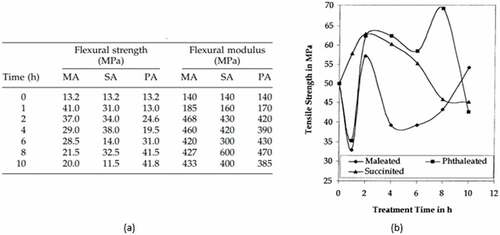
Table 5. Mechanical Characteristics of a Composite of Bagasse and Phenolic Resin (Ramlee et al., Citation2019)
Table 6. Tensile strength and elongation for untreated and treated sugar cane, expressed as a percentage (Trindade et al., Citation2005)
Table 7. Studies of Mechanical Behaviour of Enhanced JF Bundles Reinforced Epoxy Hybrid Composites Combined with Modified BF Bundles (Kumar Saw & Datta, Citation2009)
Table 8. BF/Epoxy Resins Flexural Strength in a different environment (P. Mishra & Acharya, Citation2010)
Table 9. Mechanical characteristics of composites made of BF and epoxy with different fillers (Ramlee et al., Citation2019)
Table 10. Mechanical characteristics of composites made of bagasse, glass fibre, and epoxy resin (Tewari et al., Citation2012)
Figure 4. a).The impact of various NaOH solution concentrations on the tensile strength of composites reinforced with unsaturated polyester and sugarcane fibre at various fibre loadings. b) the impact of various NaOH solution concentrations on the flexural modulus of unsaturated polyester composites reinforced with sugarcane fibres and various fibre loadings. c) the impact of various NaOH solution concentrations on the flexural strength of unsaturated polyester composites reinforced with sugarcane fibres and various fibre loadings. d) the impact of various NaOH solution concentrations on the elastic modulus of unsaturated polyester composites reinforced with sugarcane fibres and various fibre loadings (Zakaria et al., Citation2020).
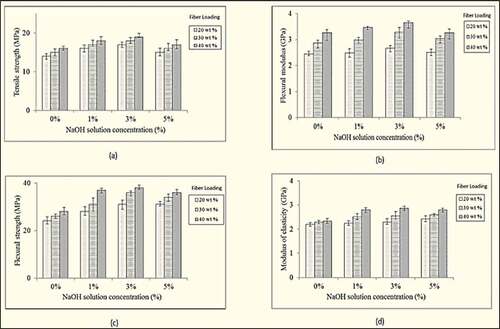
Figure 5. The untreated and treated fibre composites’ (a) tensile strength (b) tensile modulus (c) flexural strength and (d) flexural modulus at various fibre loadings (Vilay et al., Citation2008).
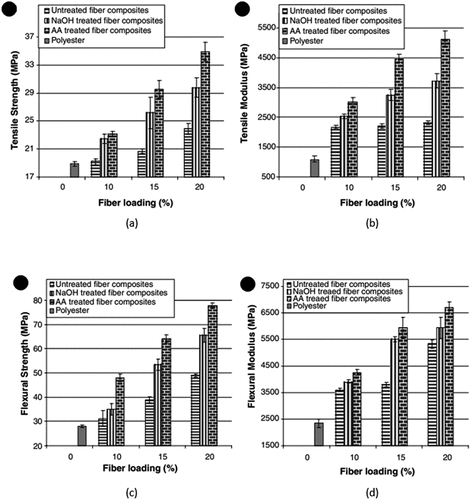
Figure 6. Unsaturated polyester composites reinforced with rind and pith fibres at various filler loadings were studied for their (a) flexural strength and (b) flexural modulus (Lee & Mariatti, Citation2008).
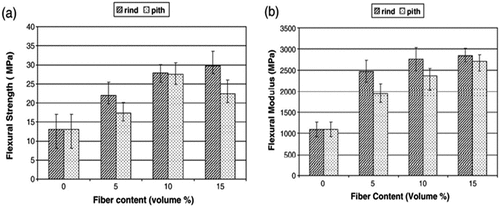
Figure 7. A)tensile and Flexural Strength; b) Tensile and Flexural Modulus: Mechanical characteristics of composite materials (Luz et al., Citation2007).
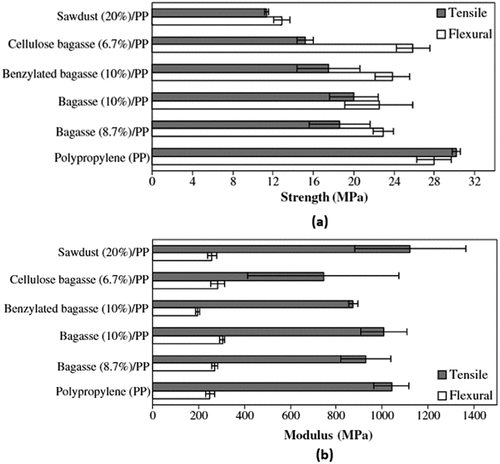
Table 11. Mechanical properties of Bagasse Fibre/polypropylene composite (Cerqueira et al., Citation2011)
Figure 8. A)young’s modulus b) Stress and c) Elongation at break of rPP composites (T. E. Motaung et al., Citation2015).
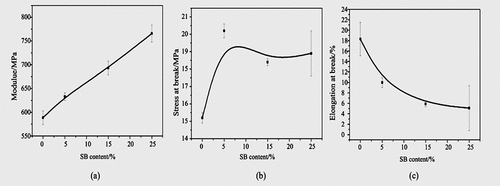
Table 12. For recycled polyethene and various composites, the following properties have been studied: tensile strength, tensile modulus, flexural strength, flexural modulus, and Izod impact strength (Carvalho Neto AGV et al., Citation2014)
Table 13. Composites made of polystyrene and bagasse fibre’s mechanical characteristics (AB et al., Citation2013)
Table 14. ~tc~
Table 15. ~tc~
Table 16. Mechanical properties of Bagasse/Polyethylene Composites (Mulinari, Voorwald, Cioffi, DASILVA, et al., Citation2009)
Table 17. Mechanical characteristics of materials produced by compression moulding (Mulinari, Voorwald, Cioffi, DASILVA, et al., Citation2009)
Table 18. Mechanical results of pure LDPE and its composites (T. Motaung et al., Citation2017)
Figure 9. A)the mechanical characteristics of the materials produced by injection moulding. b) the percentage of elongation at break for composite specimens (Mulinari, Voorwald, Cioffi, da Silva, et al., Citation2009).
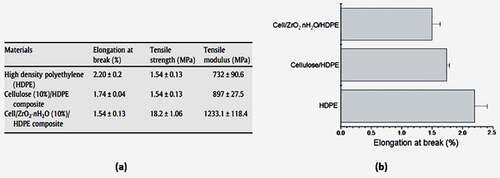
Figure 10. a) the tensile strength and Young’s modulus of PLA foams that were either neat or composited with varied amounts of bagasse fibre. b) Izod impact resistance of pure PLA and PLA/bagasse fibre composite foams with varying bagasse fibre contents (Nampitch et al., Citation2016).
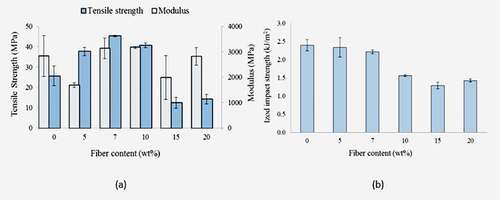
Table 19. Mechanical characteristics of composites made of bagasse and PVC (Zheng et al., Citation2007)
Table 20. Variation in Mechanical properties on Increasing temperature for BF/PVC composite (Xu et al., Citation2010)
Figure 11. a) the impact of milling time on the unaltered SCB/PVC composites’ flexural and tensile strengths. b) Flexural strength and tensile strength of ACA-modified SCB/PVC composites as a function of milling time (Huang et al., Citation2012).
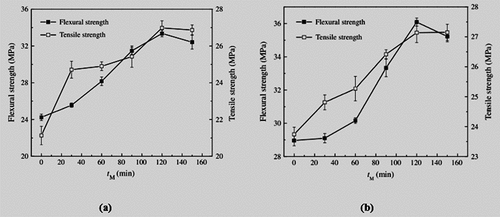
Figure 12. a) effect of filler loading on compression set b) effect of filler loading on tensile strength c) effect of filler loading on elongation at break d) effect of filler loading on hardness (Osarenmwinda & Abode, Citation2010).
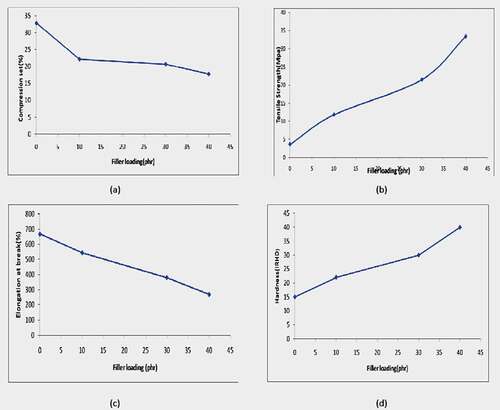
Figure 13. a) Experimental and theoretical tensile strength of composite with different fibre weight content. b) Flexural strength of composite with different fibre weight content (Mehanny et al., Citation2012).
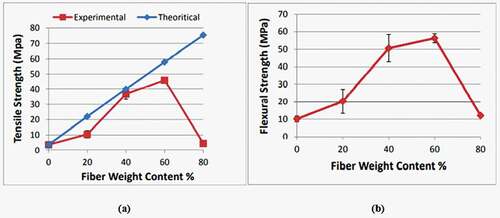
Table 21. Application of Sugarcane bagasse fibre reinforced composites in different sectors
